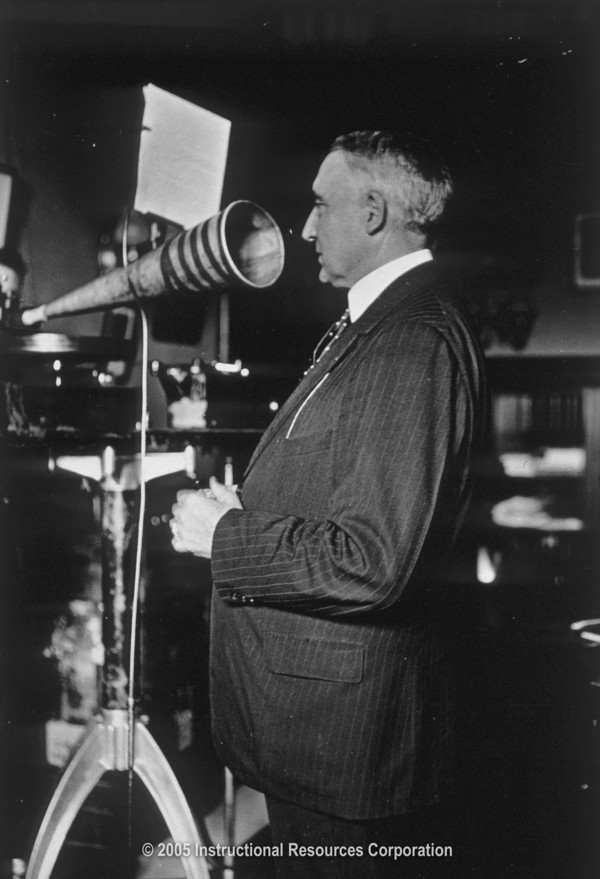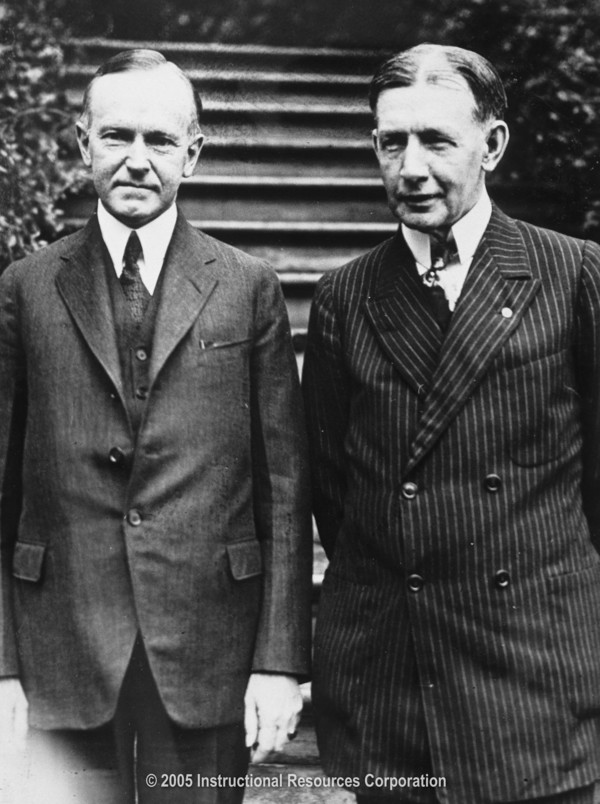Introduction
| Warren G. Harding (1865 - 1923) | |||
 |
|
||
 |
|||
 |
|||
| Warren G. Harding (1865 - 1923) IRC, 2005.Image. Discovery Education. Web. 30 April 2014. <http://www.discoveryeducation.com/>. |
|||
| Coolidge, the 30th President | |||
 |
|
||
 |
|||
 |
|||
| Coolidge, the 30th President IRC, 2005.Image.
Discovery Education. Web. 30 April 2014. <http://www.discoveryeducation.com/>. |
|||
Central Question: What effect did the presidents of the 1920s have on the nation?
The year 1920 proved to be a year of memorable change. Women achieved the right to vote, prohibitionperiod of American history from 1920 - 1933 whereby the sale and transportation of alcohol was prohibited began in the United States, and it was a year of a presidential election. Republican candidate, Warren G. HardingPresident from 1921 - 1923, effectively reflected the mood of the times with his campaign slogan "return to normalcy." Americans, he sensed, were eager for change following years of progressive policies and World War I. Harding was right; he won handedly and became the first Republican president of the 1920s. The presidents following him, Calvin CoolidgePresident from 1923 - 1929 and Herbert HooverPresident from 1929 - 1933 (also Republicans), continued the pro-business, low-tax, and little regulation policies implemented during the Harding administration. Businesses thrived and the economy soared. The Republican policies of the 1920s quickly became associated with the prosperity and lifestyle of the "Roaring Twenties."
Following successful completion of this lesson, students will be able to:
- Examine the political and economic policies of the Harding, Coolidge and Hoover administrations.
The above objectives correspond with the Alabama Course of Study: US History 11 Objectives: 6 & 6.2.
This lesson incorporates the following Literacy Standards: R2, R9, W1, W4, W6 & W9.


